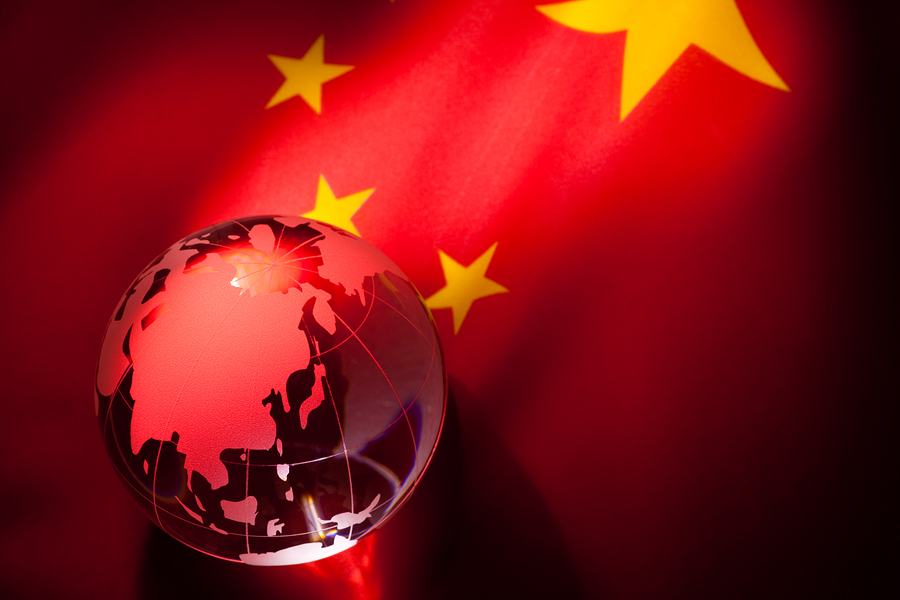
China experienced a second-quarter economic growth of 7 percent at a time when the country actively seeks a slowdown in pace and focuses more on efficiency of its economy, making it still the main driver for the world economy.
Shrinking demand caused by the international financial crisis has forced China to alter its traditional way of contributing to world economy mainly by foreign trade.
As a result, the world’s second largest economy has changed its role from beneficiary of world trade to creator of new models of cooperation and from a commodity supplier to global market to a capital provider, innovating and upgrading the way it contributes to world economy while maintaining a stable growth in its contribution.
Connecting Asia and the world by the Belt and Road initiatives
From the Sino-Kazakhstan capacity cooperation to the China-Pakistan Economic Corridor funded by the Silk Road Foundation, the Belt and Road initiatives has since its inception in 2013 been solidly pushed forward in all aspects, forcefully fueling the economic growth of countries along the routes.
Data from the Chinese Ministry of Commerce showed that direct investment by Chinese enterprises in 48 countries along the Belt and Road routes totaled 7.05 billion U.S. dollars in the first half of 2015, up 22.2 percent year on year.
Over the same period, Chinese enterprises signed 1,401 construction project contracts, with 60 nations along the Belt and Road routes, mounting to 37.6 billion dollars in money terms.
Capacity cooperation reciprocates multilateral partnerships
Chinese Premier Li Keqiang has mentioned capacity cooperation in several occasions during his international trips this year, especially in his trip to Europe in June, making the term a new business card for China’s diplomacy.
The strategy has not only facilitated the continuing revitalization of world economy by means of cooperation, but also followed the changing trends in the global industrial chain. It is in line with the need for upgrading the Chinese economy as well.
China currently has built 118 economic and trade cooperation zones in 50 countries worldwide, with additional ones still in progress, according to the Ministry of Commerce.
China is gaining an ever important position in the international industrial structure. On the one hand, it has elevated its level of participation in global industrial competition and cooperation, competing and cooperating with developed nations while joining hands in cultivating third-party markets.
On the other hand, Chinese enterprises have consecutively adopted the going-out strategy thanks to the advantageous technologies and experiences accumulated in several industries.
Given that background, international capacity cooperation can help developing countries accelerate development in relatively low costs, promote industrial upgrade in China and seek market expansion for developed countries, thus being a remedy for driving global economic growth that will benefit all.
Poor facilities and insufficient investment in infrastructure have turned into a bottleneck for the growth of the world’s major economies, especially those major developing ones.
African Development Bank President Donald Kaberuka recently in Beijing praised the Asian Infrastructure Investment Bank (AIIB) for offering a new way for global infrastructure financing, saying it sets a good model for emerging financial institutions in the 21st century.
Accounting for one-third of the world economic aggregate, Asia now is the most dynamic region in the world. The AIIB will promote the economic integration of the region, and facilitate the economic integration of the Eurasia continent as well as the economic growth of the whole world, as Asian and European countries join in.
The BRICS New Development Bank (NDB) officially opened in Shanghai last week to finance infrastructure projects, mainly in BRICS countries, and K.V. Kamath from India has been chosen as the president of bank. The first batch of projects of the bank are expected to be implemented by April 2016.
The new bank, together with the AIIB, will become an important new force in the world to advance infrastructure construction and sustainable development.
Some experts studying BRICS countries said that the world now more than ever need development banks to tackle challenges faced by infrastructure and sustainable development, and China is leading the development of a series of institutions in the emerging markets in the region and beyond, to finance economic development and maintain financial and business power.